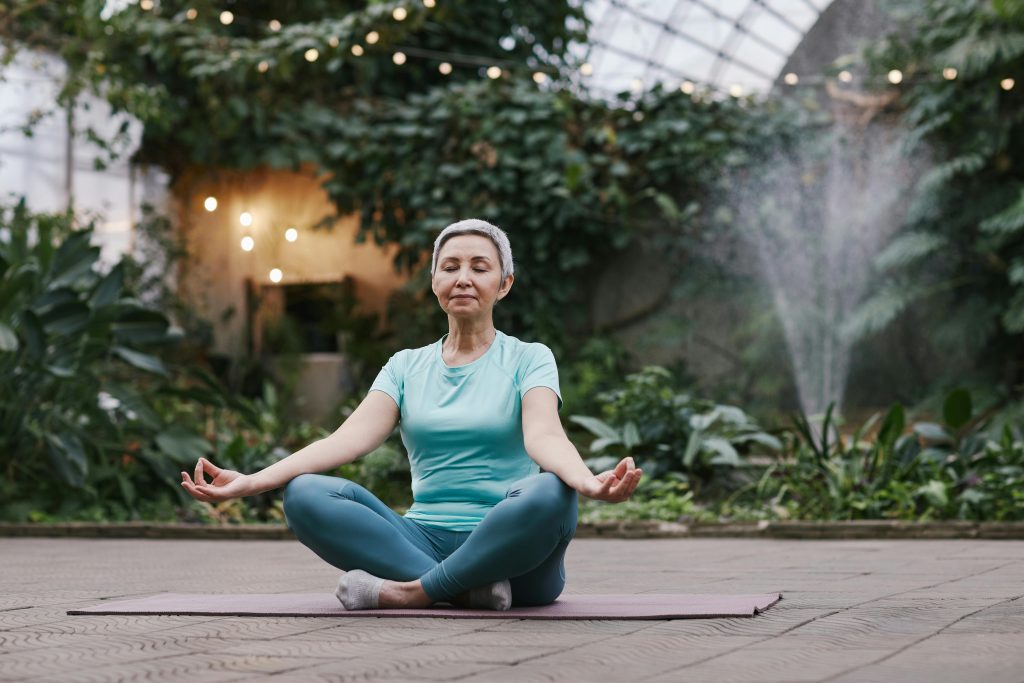
Disclaimer: This website provides health information for educational purposes only and is not a substitute for professional medical advice, diagnosis, or treatment. Always seek the guidance of a qualified healthcare provider with any questions you may have.
- Drinking hibiscus tea can naturally lower blood pressure through its antioxidant and anti-inflammatory properties.
- Mindfulness meditation contributes to stress reduction, aiding in blood pressure management and cardiovascular health improvement.
- Biofeedback therapy empowers individuals to control physiological processes, effectively reducing blood pressure levels.
- Regular deep-tissue massage improves circulation and muscle relaxation, serving as a complementary hypertension treatment.
High blood pressure, also known as hypertension, is a common health issue that can lead to serious complications if left untreated. While many people are familiar with traditional methods of managing blood pressure, such as medication and lifestyle changes, there are also lesser-known techniques that can help regulate blood pressure levels. This blog will explore lesser-known blood pressure regulation techniques that can contribute to a healthier lifestyle.
Deep Breathing Exercises
Deep breathing exercises have been shown to help reduce stress and lower blood pressure levels. Incorporating deep breathing exercises into your daily routine can help manage stress and anxiety, which are often linked to high blood pressure. Here are four simple deep breathing techniques to try:
Equal Breathing
Inhale for a count of four, then exhale for a count of four. Repeat this pattern for several minutes. You can increase the count as your lung capacity improves.
Abdominal Breathing
Place one hand on your chest and the other on your stomach. Take a deep breath through your nose, filling up your lungs with air. As you inhale, focus on pushing out your stomach rather than expanding your chest. Exhale slowly through pursed lips while tightening your abdominal muscles. Repeat for several minutes.
Diaphragmatic Breathing
Sit in a comfortable position with your back straight and your hands on your stomach. Inhale slowly through your nose, allowing your belly to expand as you fill up your lungs with air. Maintain your breath for some seconds, and slowly exhale through pursed lips while tightening your abdominal muscles. Repeat this cycle for several minutes.
Alternate Nostril Breathing
Place your right thumb over your right nostril and inhale through your left nostril. Use your ring finger to close off the left nostril and exhale through the right nostril. Inhale again through the same right nostril, then switch fingers to close off the right nostril while exhaling through the left nostril. Repeat this pattern for several minutes, alternating nostrils with each breath.
These deep breathing exercises can be done anywhere and at any time. You can also incorporate them into your meditation practice for added relaxation and stress relief. Just remember to always listen to your body and adjust the techniques as needed.
Acupuncture
Acupuncture is an ancient Chinese practice that involves inserting thin needles into specific points on the body to promote healing and balance energy flow. Acupuncture can be effective in lowering blood pressure by reducing stress hormones and promoting relaxation. If you are open to alternative therapies, consider trying acupuncture as a complementary treatment for managing hypertension.
Hibiscus Tea
Hibiscus tea is an herbal remedy that has been used for centuries in various cultures for its health benefits, including its potential to lower blood pressure. Research has shown that drinking hibiscus tea regularly may help reduce systolic and diastolic blood pressure levels. The antioxidants present in hibiscus tea are believed to have a vasodilatory effect, which can improve circulation and support cardiovascular health.

Mindfulness Meditation
Mindfulness meditation involves focusing on the present moment without judgment and cultivating awareness of thoughts and emotions. This practice has been associated with numerous health benefits, including stress reduction and improved cardiovascular function. By incorporating mindfulness meditation into your daily routine, you can learn to better manage stressors that may contribute to high blood pressure.
Biofeedback Therapy
Biofeedback therapy is a mind-body technique that uses electronic devices to measure physiological processes such as heart rate, muscle tension, and skin temperature. By receiving real-time feedback about these bodily functions, individuals can learn how to control them through relaxation techniques such as deep breathing or visualization. Biofeedback therapy has been shown to be effective in reducing blood pressure levels in some individuals.
Deep Tissue Massage
Deep tissue massage is a type of therapeutic massage that targets the deeper layers of muscle and connective tissue. This technique can help improve circulation, reduce muscle tension, and promote relaxation. Regular deep-tissue massage can lower blood pressure levels in individuals with hypertension, making it a potential complementary treatment for managing this condition.
Managing hypertension involves combining medical treatment with lifestyle adjustments and alternative therapies. Methods like drinking hibiscus tea, practicing mindfulness meditation, undergoing biofeedback therapy, and receiving deep tissue massages can contribute significantly to cardiovascular health. Each acts in unique ways to lower blood pressure levels and promote overall well-being.